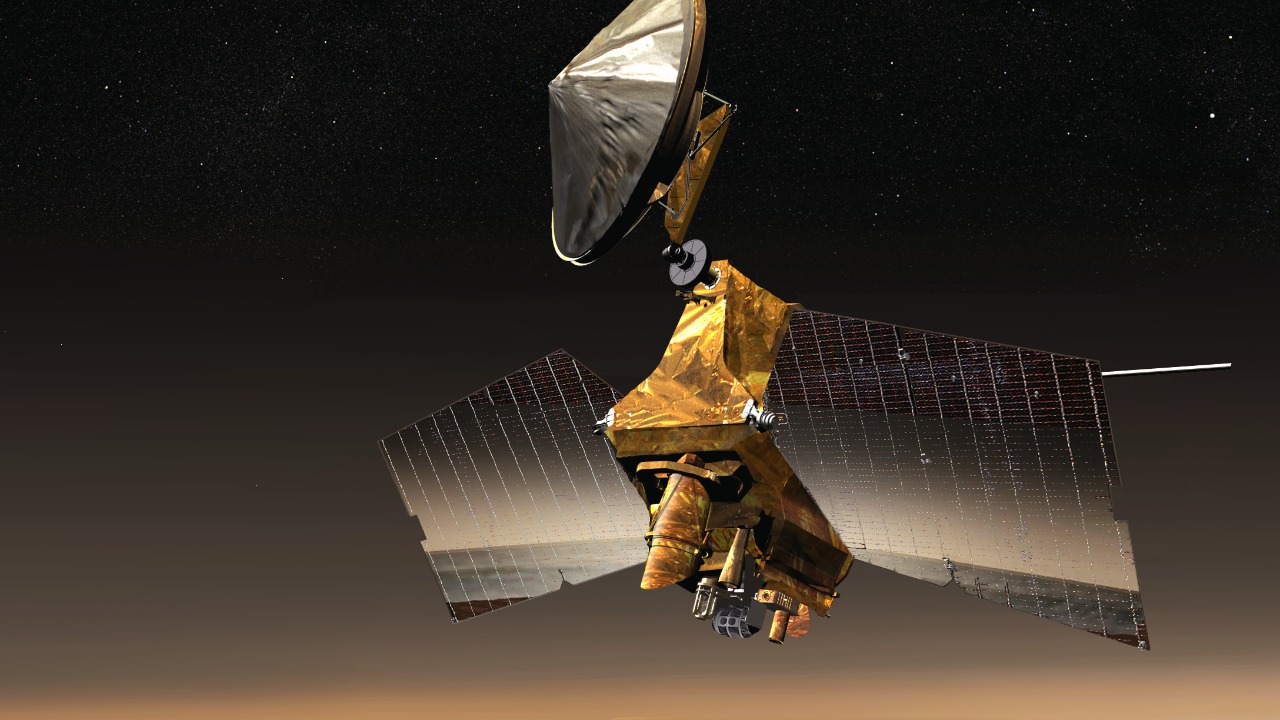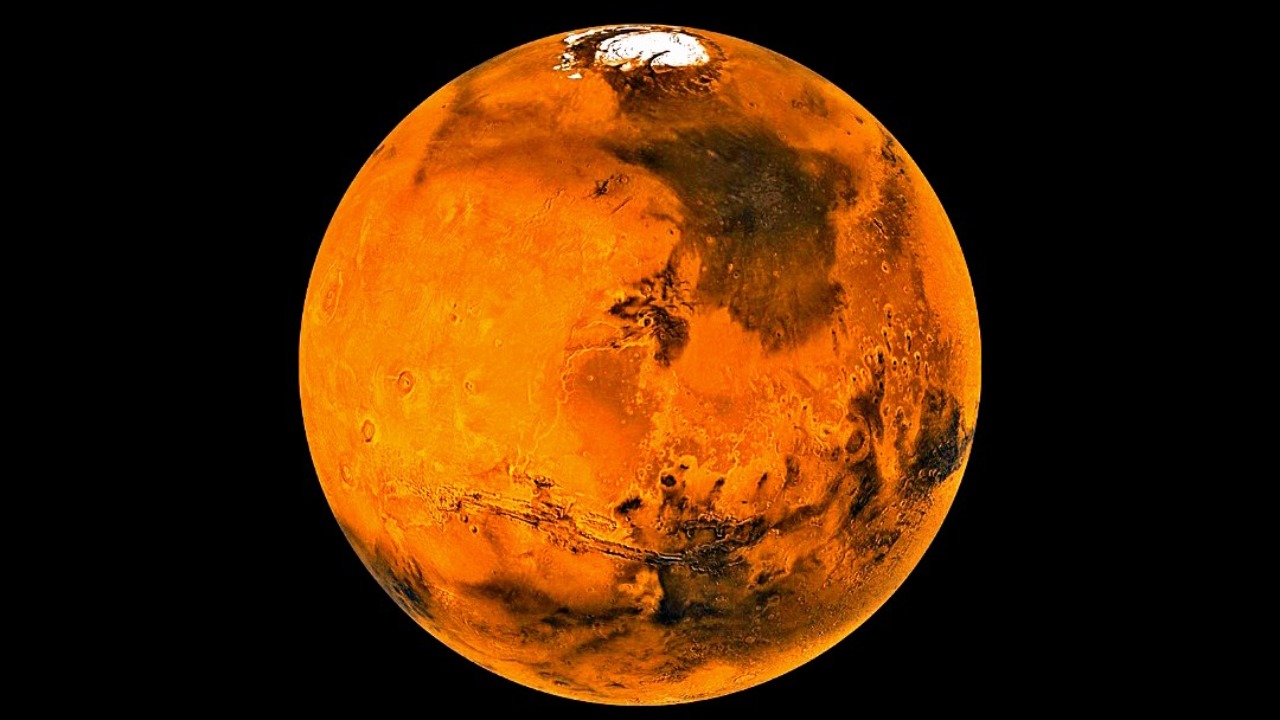
Recent research by NASA scientists has unveiled groundbreaking insights into the longstanding mystery of what happened to Mars’ water. This discovery not only reshapes our understanding of the Red Planet’s history but also opens new avenues for future exploration and the possibility of life beyond Earth.
The Mystery of Mars’ Water

Mars has long intrigued scientists with its tantalizing evidence of a once water-rich environment. Ancient river valleys, lakebeds, and mineral formations suggest the presence of liquid water many years ago. These features have led researchers to ponder the fate of Mars’ water, considering it might hold clues to the planet’s past and its capacity to support life.
Over the years, several theories have been proposed to explain the disappearance of water on Mars. Atmospheric escape and climate change have been the leading hypotheses. However, proving these theories has been challenging due to the lack of direct evidence, leaving scientists to piece together the planet’s hydrological history from indirect measurements and observations.
NASA’s Revolutionary Findings

The Mars Reconnaissance Orbiter (MRO) has played a crucial role in deepening our understanding of Mars’ water history. Equipped with advanced technology, the MRO has been instrumental in detecting the remnants of water flow across the Martian surface. The orbiter’s instruments have revealed key discoveries about the planet’s water flow patterns and their duration, providing new insights into Mars’ geological timeline.
Recent studies have uncovered evidence of deep reservoirs of water beneath the surface of Mars. These findings suggest that liquid water may still exist below the planet’s arid exterior, offering exciting implications for current and future Mars missions. The possibility of subsurface water reservoirs opens up new opportunities for exploration and raises the potential for discovering life on Mars.
The Atmospheric Connection

For the first time, scientists have obtained direct evidence of atmospheric loss on Mars, shedding light on how the planet lost its thick atmosphere and, consequently, its water. Studies reveal that solar winds and the absence of a protective magnetic field played a significant role in stripping away the atmosphere, leading to the gradual loss of surface water.
Climate change on Mars also contributed to its water loss. Over many years, the planet experienced significant climate shifts, resulting in the drying of its surface. Understanding these climatic changes helps scientists piece together the intricate puzzle of Mars’ past and offers a cautionary tale about the fragility of planetary environments.
Implications for Future Mars Missions

These groundbreaking findings have profound implications for the potential human exploration and colonization of Mars. The discovery of water reservoirs beneath the surface impacts the feasibility of human settlement, as water is essential for life support and sustaining future colonies. Understanding the availability of water resources will be crucial in planning and executing missions aimed at establishing a human presence on the Red Planet.
The exploration of Mars’ water history also opens new targets for astrobiological research. Discovering life or biosignatures on Mars would be a monumental step in understanding life’s potential beyond Earth. As such, these findings will guide future missions in selecting sites for exploration and investigation, further advancing our quest to uncover the mysteries of life in the universe.
Broader Impact on Planetary Science

The revelations about Mars’ water history compel scientists to reassess models of planetary evolution. Understanding how Mars transitioned from a water-rich world to its current arid state influences our comprehension of planetary development processes. Comparing Mars with Earth and other celestial bodies enriches our knowledge of the dynamics that shape planetary environments across the solar system.
Looking forward, these discoveries inspire new directions for research and technological advancement. Future missions may focus on subsurface exploration, employing innovative techniques to probe beneath the Martian surface. Collaborative international efforts will be essential in furthering our exploration of Mars, paving the way for groundbreaking discoveries that could redefine our understanding of the cosmos.